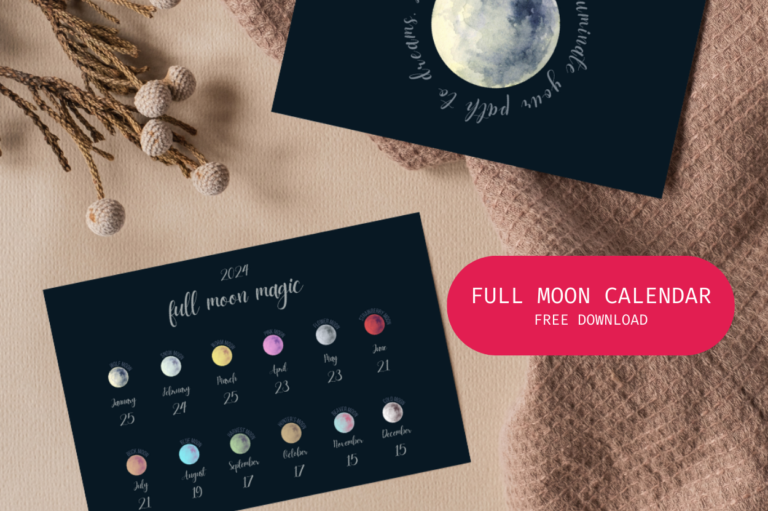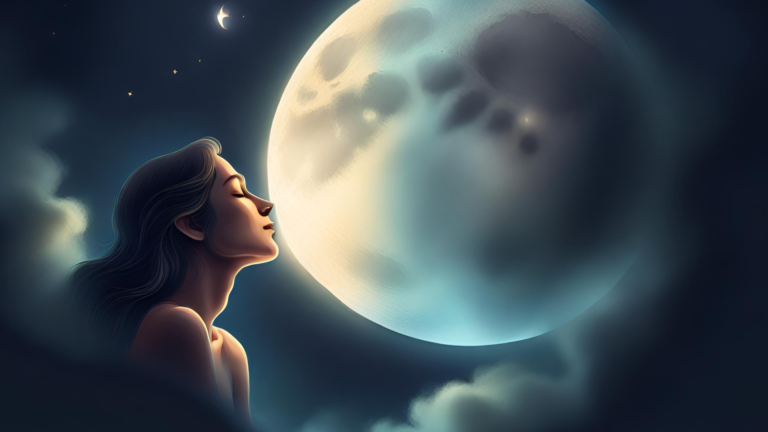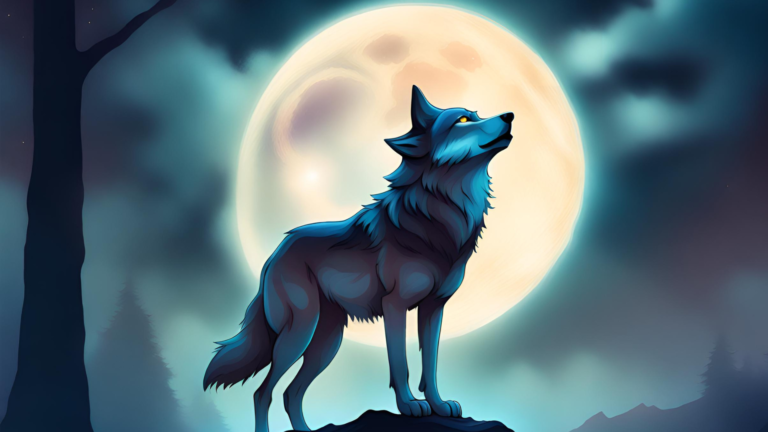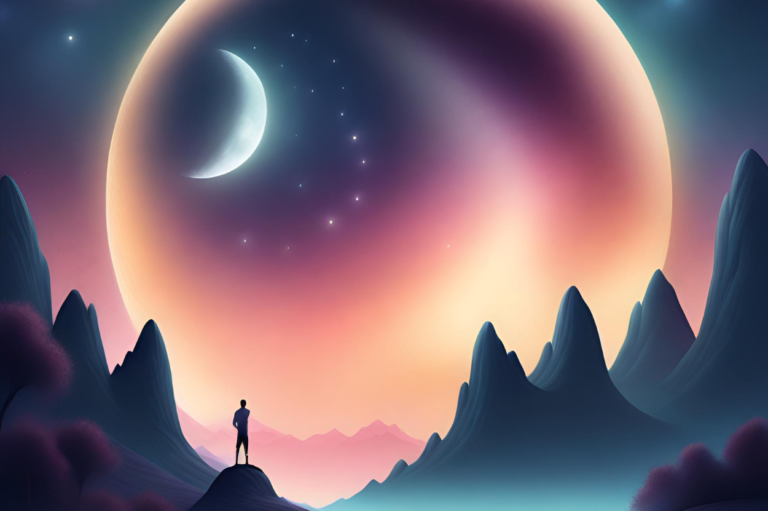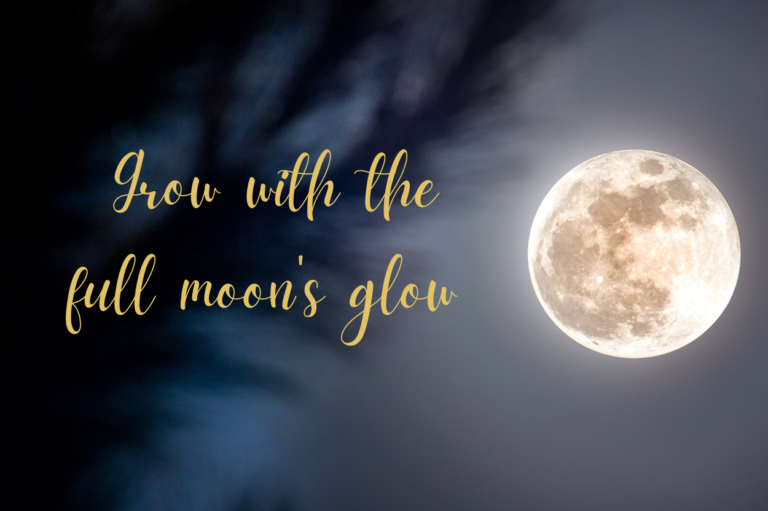Introduction
When we look up at the night sky, the moon serves as a constant companion, waxing and waning through its cycle with a serene assurance. But what is the story behind this celestial dance?
Understanding the moon phases not only connects us to the universe at large but also to the
natural rhythms of Earth and, indeed, to the cycles within ourselves.
Let’s embark on a journey through the lunar phases and discover the keys to understanding their transitions and the ways they may affect us.
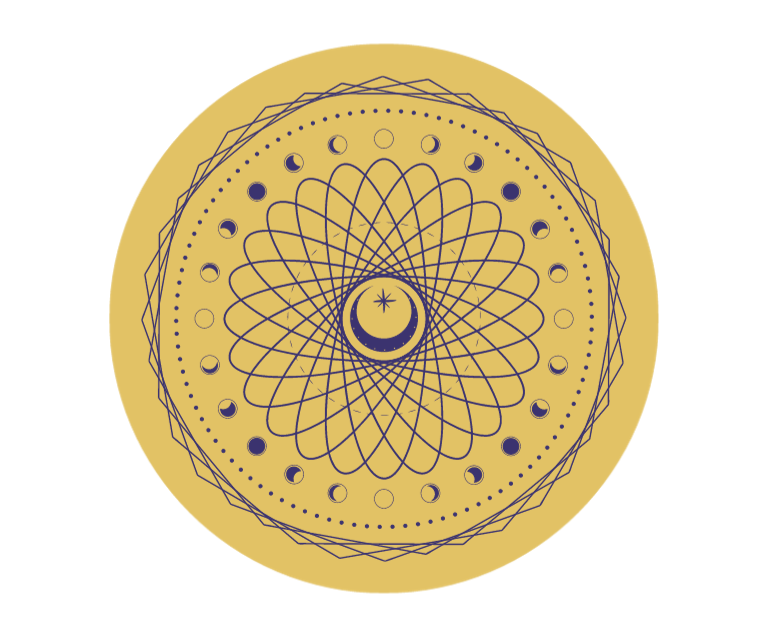
How do you explain the moon phases?
The moon phases are the different ways the moon looks from Earth over about a month.
As the moon orbits Earth, it passes through different angles with respect to the Earth and the sun, changing the portion of the moon that is illuminated by the sun.
The cycle starts with the new moon, progresses through the waxing phase to the full moon, and then
wanes to the next new moon.
This cycle is ancient, rhythmic, and has been observed by humanity for millennia.
What are the four keys to understanding moon phases?
1. Position in Orbit
The moon’s phase at any given time is determined by its position in its orbit
around Earth. When it’s between the Earth and the sun, we see a new moon; when it’s on
the opposite side of Earth from the sun, we see a full moon.
2. Sunlight
The moon itself doesn’t emit light;
we see the moon because of the sunlight that
reflects off its surface. The phase of the moon is thus a result of the angle sunlight strikes it.
3. Perspective
From Earth, we only see one side of the moon due to its synchronous rotation. The changing phases are a result of our perspective from Earth, seeing different portions of the moon’s day and night.
4. Time
The moon phases are not random; they follow a schedule. Approximately every 29.5 days, the moon completes a cycle from new moon to full moon and back to new moon. This is known as a lunar month or lunation.
How do the phases of the Moon affect me?
The moon’s phases have influenced human behavior and cultures in various ways. Some people report changes in their sleep quality or mood swings with the lunar cycle.
In agriculture, some farmers plant by the moon phases, believing that crops are influenced by the lunar cycle. While scientific opinions vary on how significantly the moon phases affect individual lives, the cultural and historical impacts are undeniable.
Conclusion
The moon’s phases are a celestial clock, a nightly show that has guided and inspired humanity throughout history. Whether you’re a stargazer, a poet, or someone who feels the subtle pull of the lunar cycle, the phases of the moon hold a key to understanding the interconnectedness of all things.
As we close this guide on the essentials of the moon phases, we invite you to step outside on a clear night and observe the moon’s phase. Reflect on the ancient rhythm it beats and consider how it echoes through your life.
And when you’re ready for more cosmic explorations, our carousel of articles awaits to take you on
new astronomical adventures.
Looking for an overview of all full moon’s in 2024 ? 👉 Check out our free full moon calendar 2024

